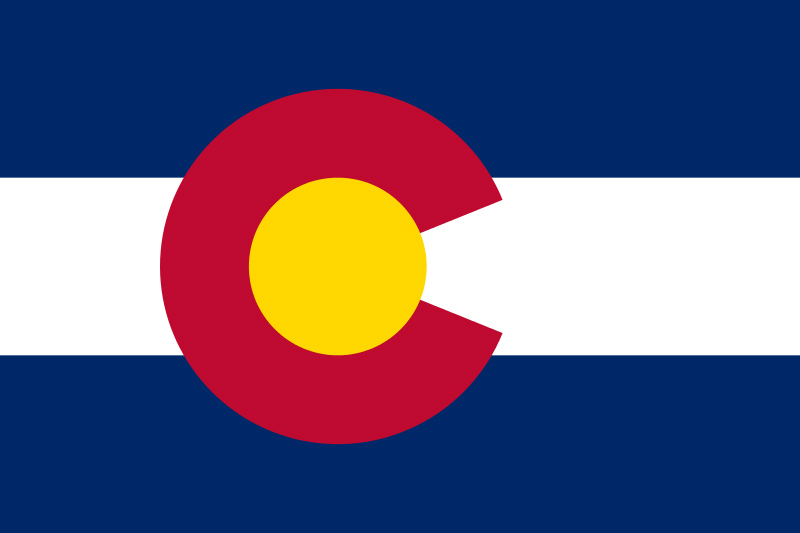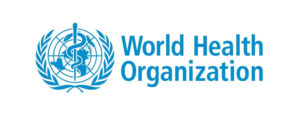0
You have 0 items in your cart
- Home
- About Us
- Advocacy
- Colorado Breastfeeding Laws
- Working Moms’ Rights
- Business Case for Breastfeeding Mini Grant
- Breastfeeding and Child Care
- Current Legislative and Advocacy Projects
- United States Breastfeeding Committee – Legislation and Policy
- Academy of Breastfeeding Medicine – Position Statement
- Local Colorado Coalitions
- Families
- Colorado Breastfeeding Laws
- Working and Breastfeeding
- Breastfeeding and Child Care
- Breastival
- Traveling with Breastmilk
- Milk Expression and Breastpumps
- Breastfeeding at Swimming Pools
- Lactation Laws
- Donor Human Milk
- When to get Help
- Lactation Support ZipMilk
- Medication Information
- Marijuana and Breastfeeding
- W.H.O. Growth Charts
- Employers
- Child Care
- Health Care Providers
- Projects
- Join Us



